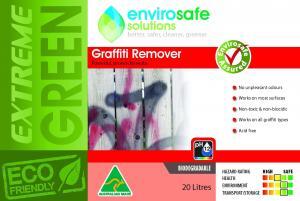When working with fabric, you can really make it beautiful by using eco friendly dying methods on your clothing or household Rust Removerfabrics. Of course, natural dyes do not last as long without changing as permanent chemical dyes. Which type of dye should be use, and for how long? Can fabric take multiple dye jobs?
Removerfabrics. Of course, natural dyes do not last as long without changing as permanent chemical dyes. Which type of dye should be use, and for how long? Can fabric take multiple dye jobs?
To answer these questions, we will look at some of the ways in which hand spinner, weavers and dyers are dying their fabrics and materials, and seeing if all of those are good ways to use in favor of non-eco friendly alternatives.
Over time, natural dyes fade, which can fade clothing which is put through multiple washes, as well as furniture which is sitting by windows or in the direct sunlight stage of windows.
Of course, we may not wish for our clothing to become faded, but sometimes, this can create quite a lovely effect. Sometimes, a deep blue can fade to a lovely periwinkle color. A dark rose can fade to an attractive dusky rose. However, often the fabric is worn, as well, which gives away the fact that the clothing is just old and worn.
When hand dying spun yarn or fabric, be sure to set the fabric before and after. This helps the dye to “stick” to the cloth. As well as this, be sure to wash your clothing in eco friendly liquid products, such as our laundry powder. If you need the cloth to be soft when coming out of the wash, use our eco friendly fabric conditioner.
Now, after the washing is finished, you will want to dry in an effective way. Often, using a machine dryer is the best course, because sunlight can begin the fading effect. However, sunlight is often used as a setting technique in the dying process, so it is important to factor in just exactly how the cloth was dyed, first.
For other chemical solutions, like our diesel bug killer or our mould rid, remember that you can order everything you need from the same place, all at once. Visit our website, or call Envirosafe Solutions today: (+61) 1300 88 90 70.




















